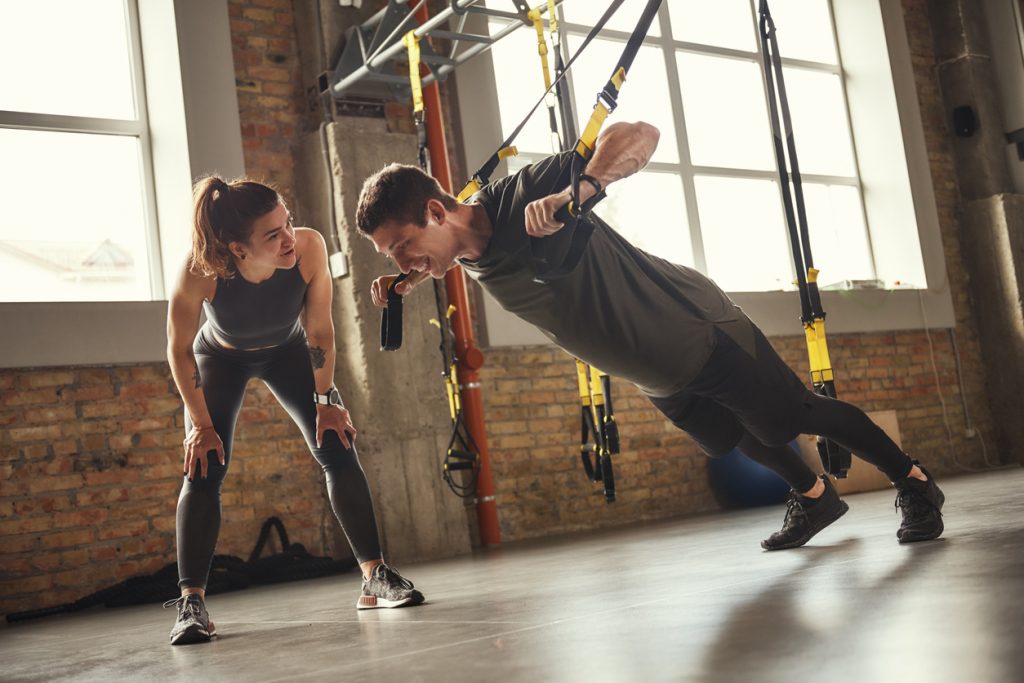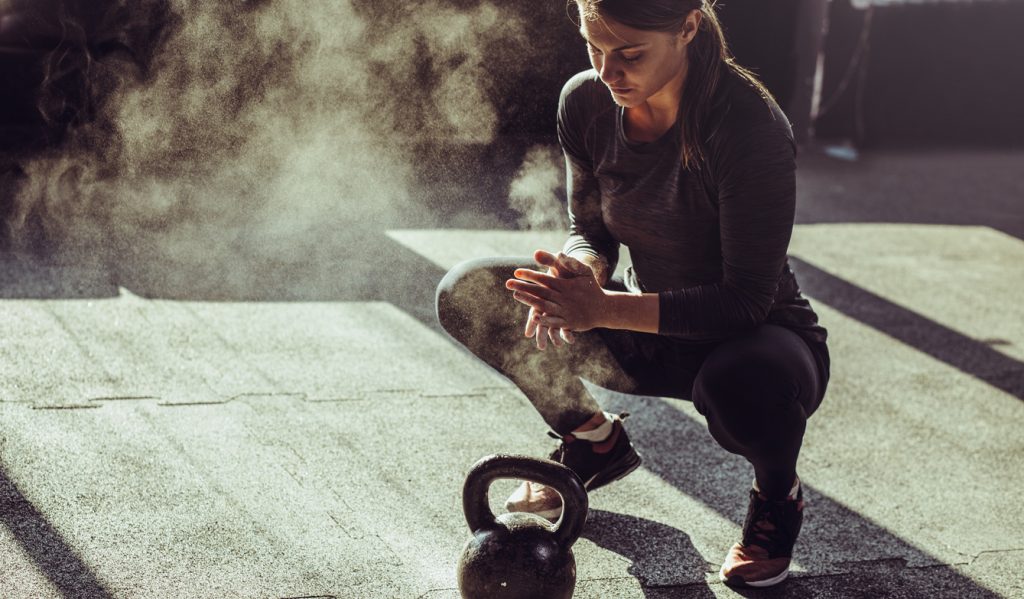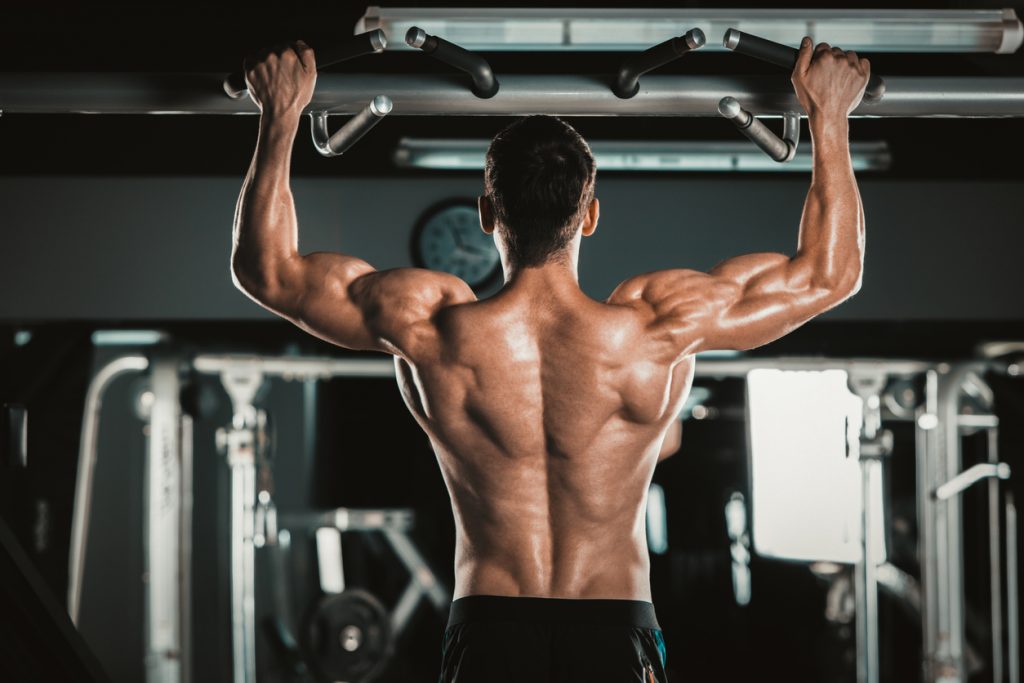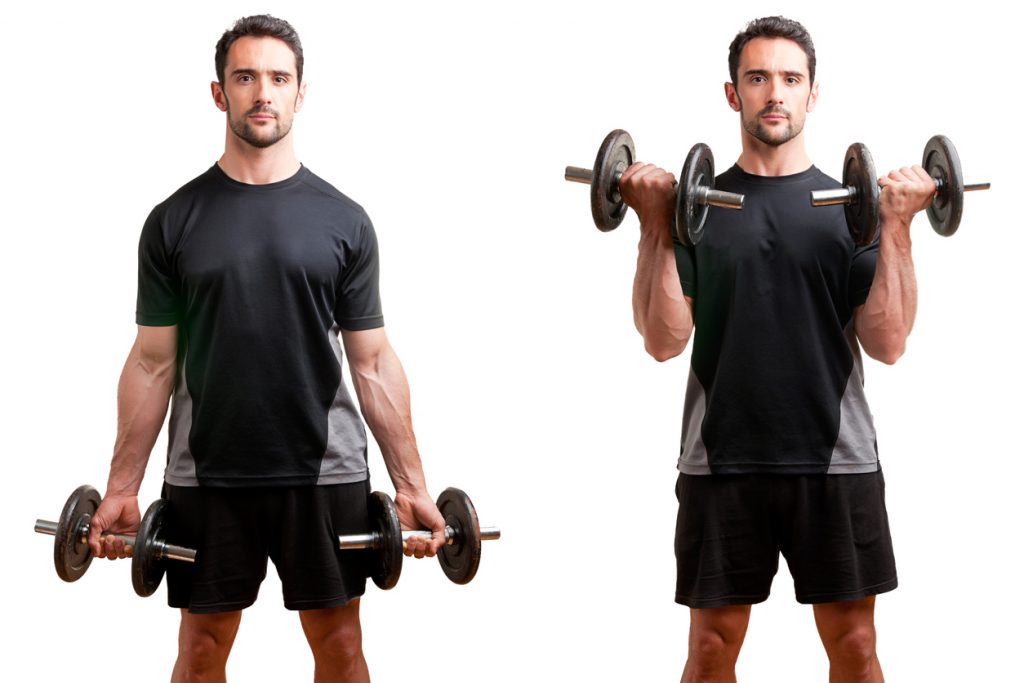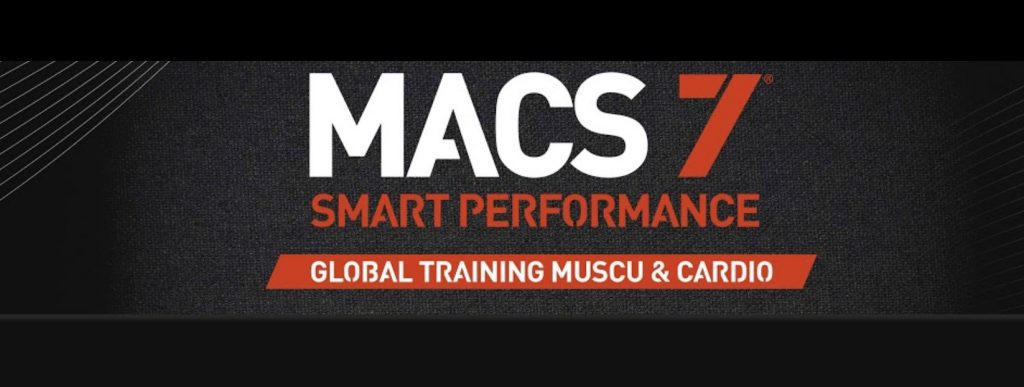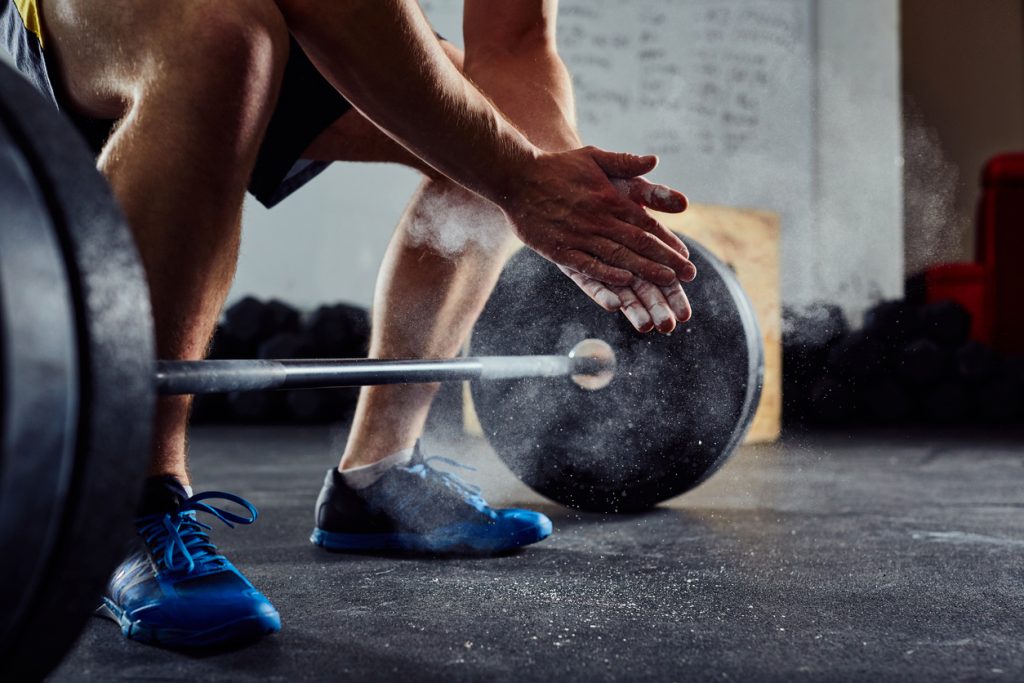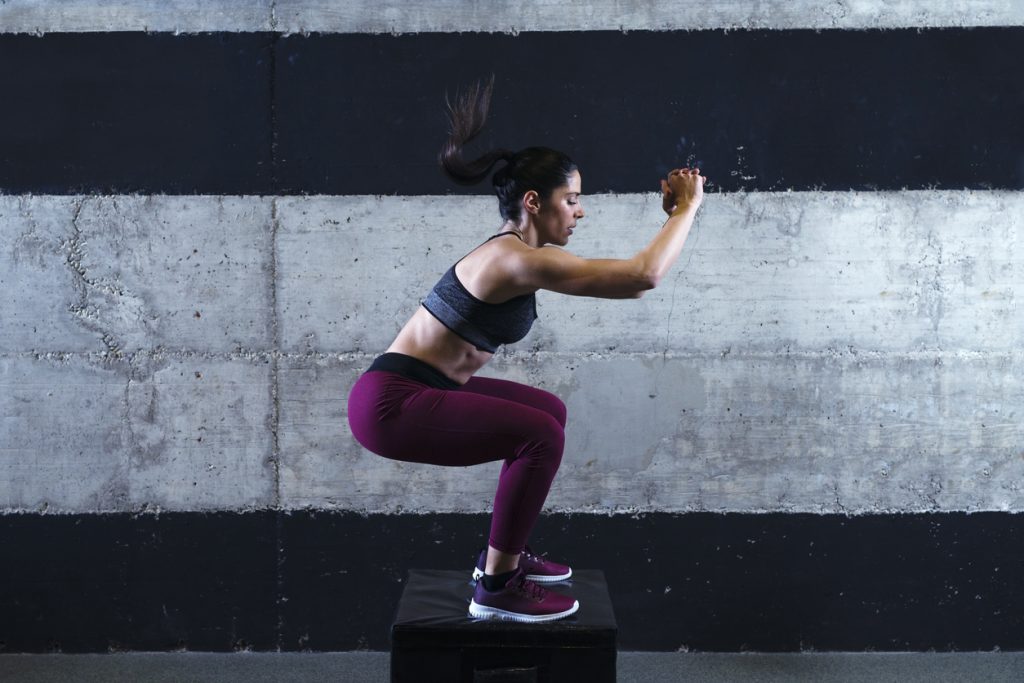HIIT (High Intensity Interval Training) and LISS (Low Intensity Steady State) are two completely different techniques used to lose fat. If you are a runner, you have heard these terms many times before. Both techniques are also known to be the most effective techniques today.
However, it is not always easy for an athlete to find the method that suits him/her best, and that will help him/her to lose fat. What do each of these methods consist of? What are the advantages and disadvantages of each of these techniques? Focus on the subject.
HIIT (High Intensity Interval Training)
Basics
HIIT is a training method that consists of alternating periods of intense effort with periods of more moderate effort. It is therefore a question of doing intense exercise in intervals. A maximum of effort must be made during short periods spaced out by periods of recovery to prevent the body from getting tired.
The most famous HIIT protocol is that of the Japanese professor Tabata. This protocol consists of alternating a very high intensity effort, lasting twenty seconds, with a recovery time of ten seconds. This alternation should be repeated for a maximum of twenty minutes so that the body can burn as much fat as possible.
Alternatively, the alternation can be completed in eight cycles, resulting in a four-minute session with a ten-minute warm-up and a few minutes of rest. HIIT should be done as often as possible during the week to optimise the result and to get the body used to the technique. HIIT can be done while running, on a bike or with weight training exercises.
Pros and cons
The advantages of HIIT are many, which is why this technique is being used more and more nowadays. Among many others, it is a very effective method of burning fat. It is a training that raises the metabolism in a sustainable way. The body does not burn fat during the exercise, but rather for 24 hours after the session.
HIIT also improves the cardiovascular performance of the athlete. With the succession of intense efforts and rest periods, the practitioner learns to work and to spare his breathing to improve blood circulation.
The HIIT method offers the possibility of diversifying the types of exercise. Sprinting, cycling, stairs, jumping rope, these are all ways in which HIIT can be done very easily.
However, it should not be denied that HIIT is not a suitable method for a beginner. The alternation of intense effort and rest requires a certain level of fitness. Also, although the method can promote muscle development, it is not as effective as strength training.
It can easily burn fat but not turn fat into muscle. One of the major drawbacks of HIIT is that it is tiring for the nervous system. HIIT sessions must be repeated at least three times over a week. At this rate, the muscles and nervous system will not have enough time to recover properly.
The LISS or Low Intensity Steady State
What does this technique means?
The LISS is a technique that consists of training at low intensity for a long period of time. This technique is the opposite of HIIT. The aim of LISS is to keep the heart rate rather low by trying to keep a constant pace for a certain period of time.
A rate that should engage burning fat as energy to keep the pace. This is why LISS is also called low intensity cardio. To allow the body to burn fat, it takes between 30 and 90 minutes of constant, less intense effort. Endurance is really important for this type of exercise.
Pros and cons
LISS training improves aerobic performance. The exercises practiced in this technique require a significant amount of endurance on the part of the practitioners. The athlete is able to work on his or her breath, breathing and blood circulation.
Also, LISS can be practiced anywhere and does not require any special equipment. Whatever the type of exercise chosen, the technique does not require as much recovery time as HIIT. The athlete does not strain his or her muscles or nervous system.
Their health is not put to the test. Whether you are a professional or a beginner, LISS is suitable for everyone and does not require any particular experience on the part of the practitioner.
The disadvantage of this technique is that once the session is over, the athlete no longer burns calories. The caloric expenditure during a LISS exercise is therefore less than during a HIIT session.
Also, LISS sessions mainly consume fat reserves. They are therefore not anabolic and offer less fitness for the exerciser. In the long term, some deterioration of muscle tissue may occur, leading to lower and lower energy requirements.
LISS or HIIT: which to choose?
The choice of which method to use should be based on the needs and expectations of each athlete. Is it to burn fat or to sculpt the body, i. e. transform fat into muscle? Is it to work on endurance or to improve cardiovascular performance? These are the kinds of questions that the sportsman must ask himself in order to choose the right method to use.
LISS is used to lose fat very quickly, while HIIT is used to lose weight and focus on body shape. It is also quite possible to use both methods in the right way. In this way, you can take advantage of the benefits of both methods. The important thing is to know how to spread out the HIIT and LISS workouts correctly during the week, so that the body is not fatigued.



